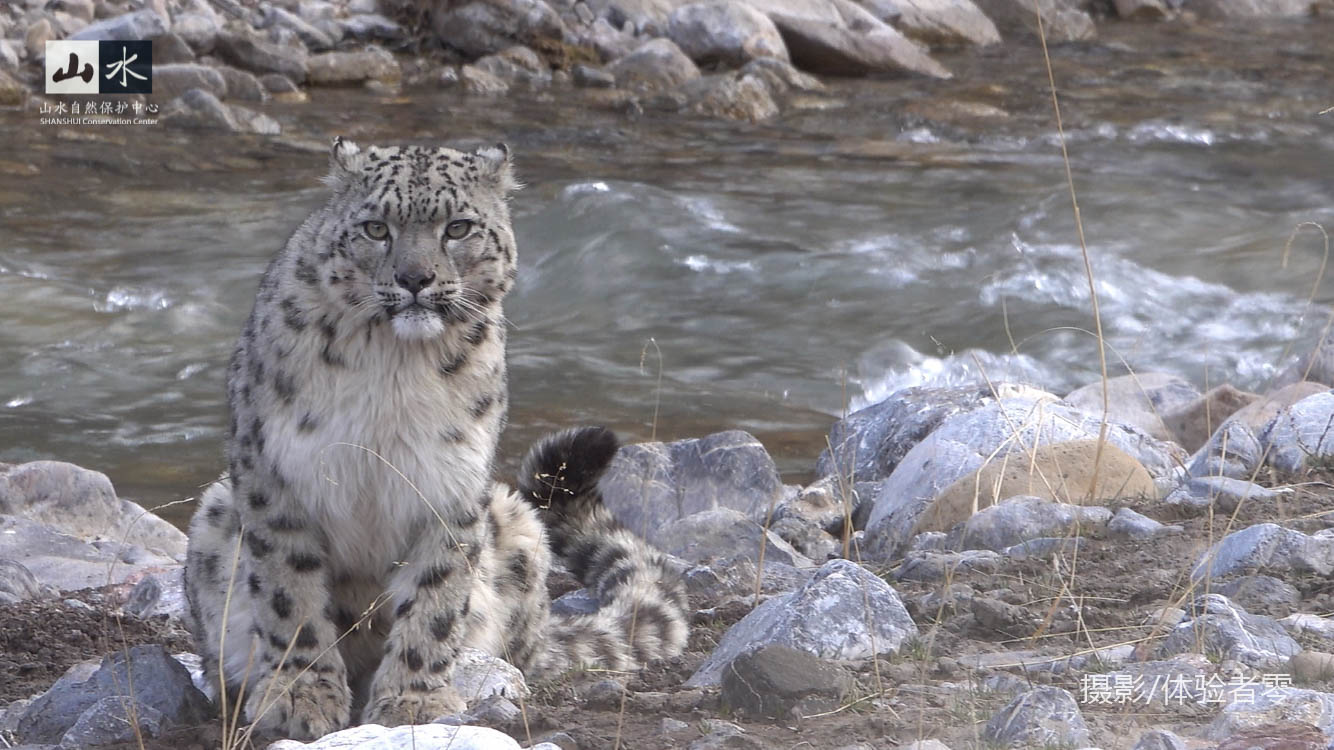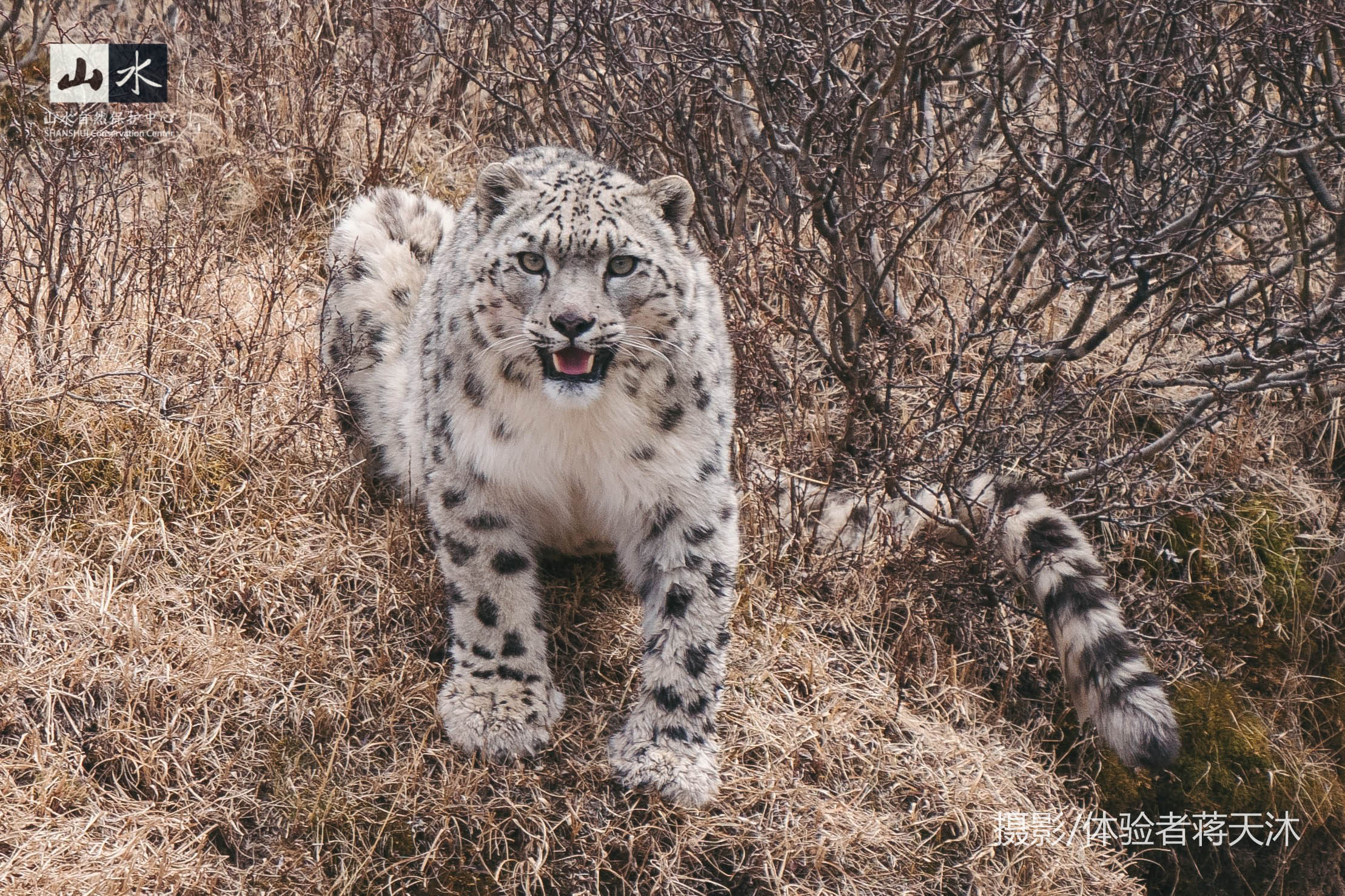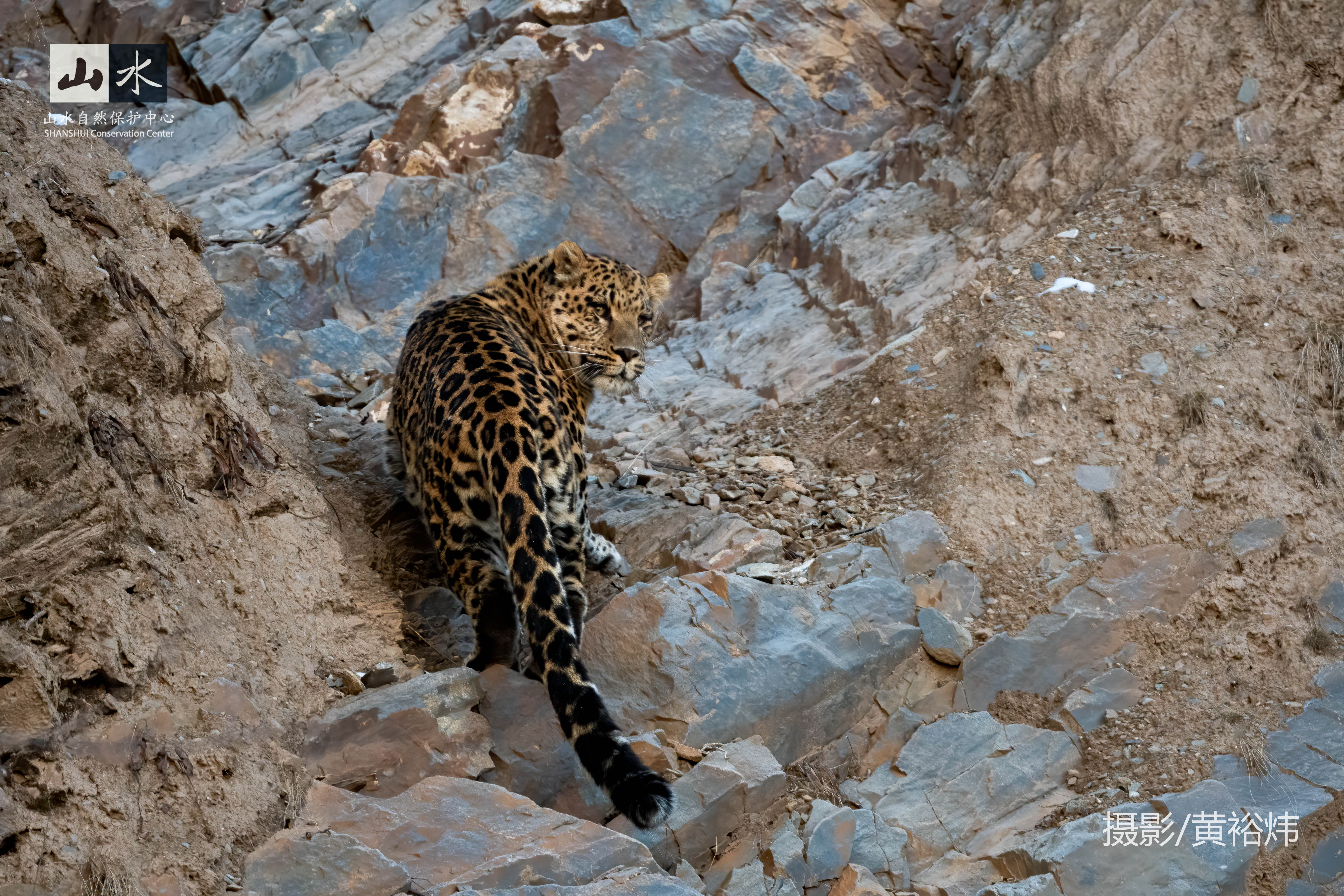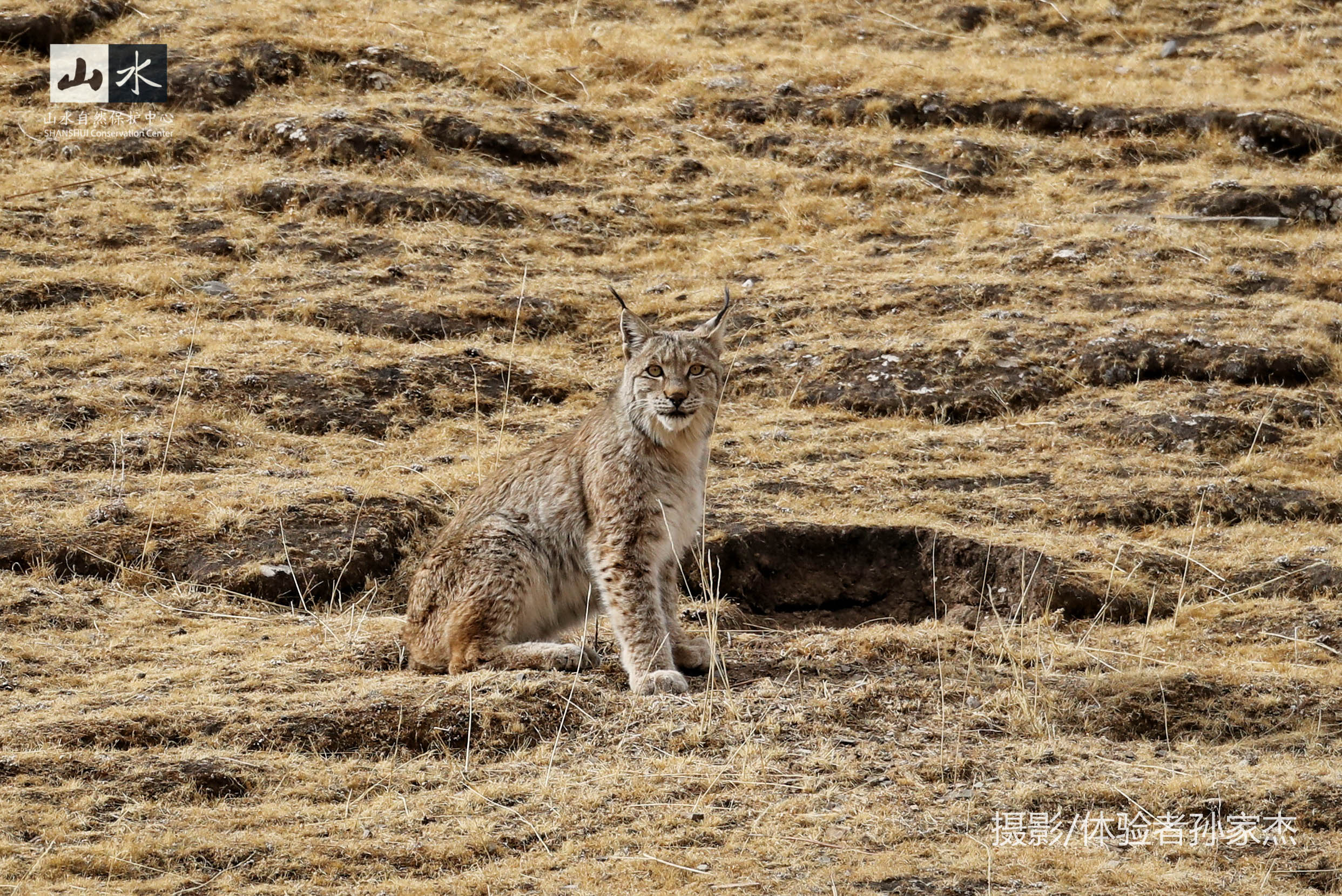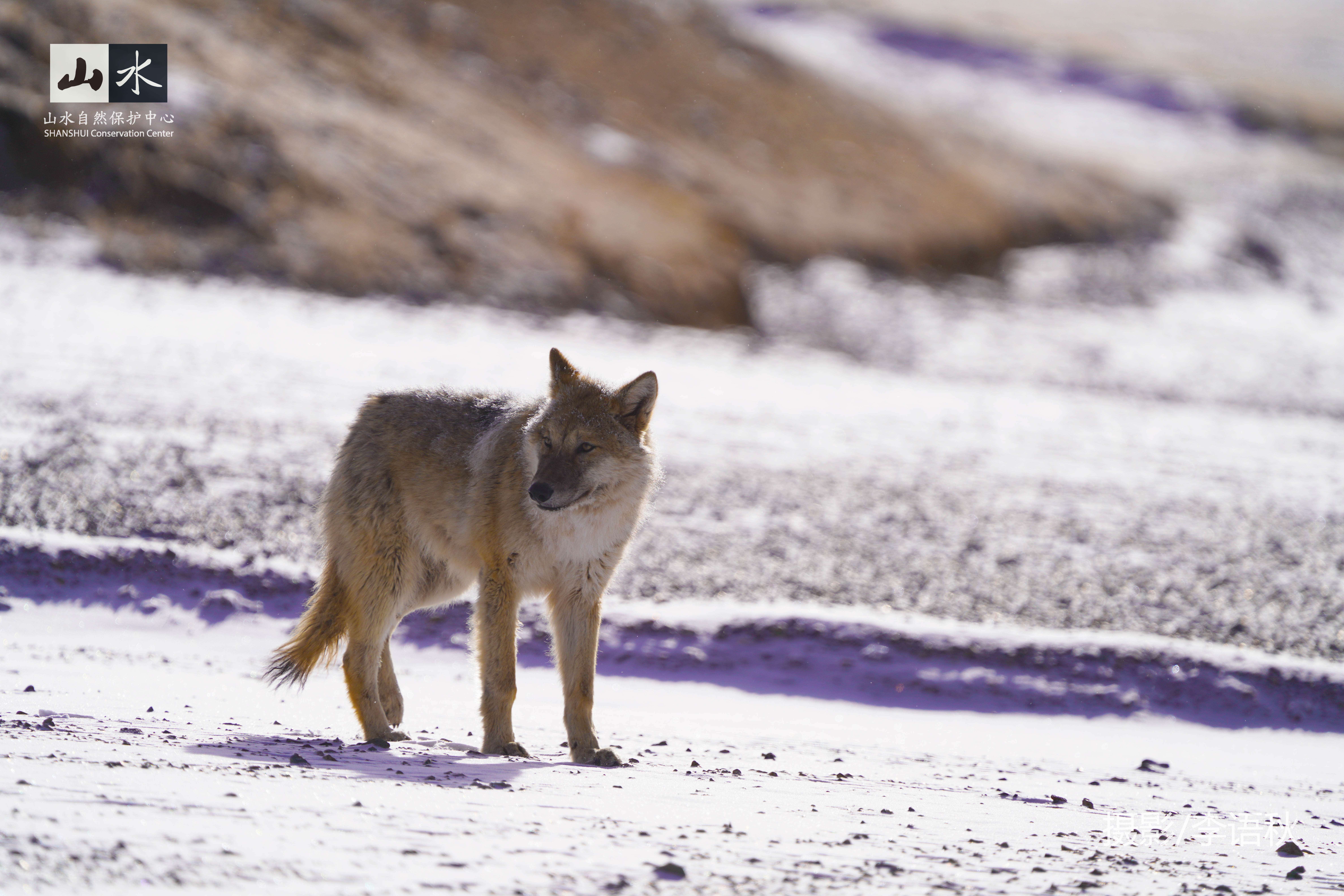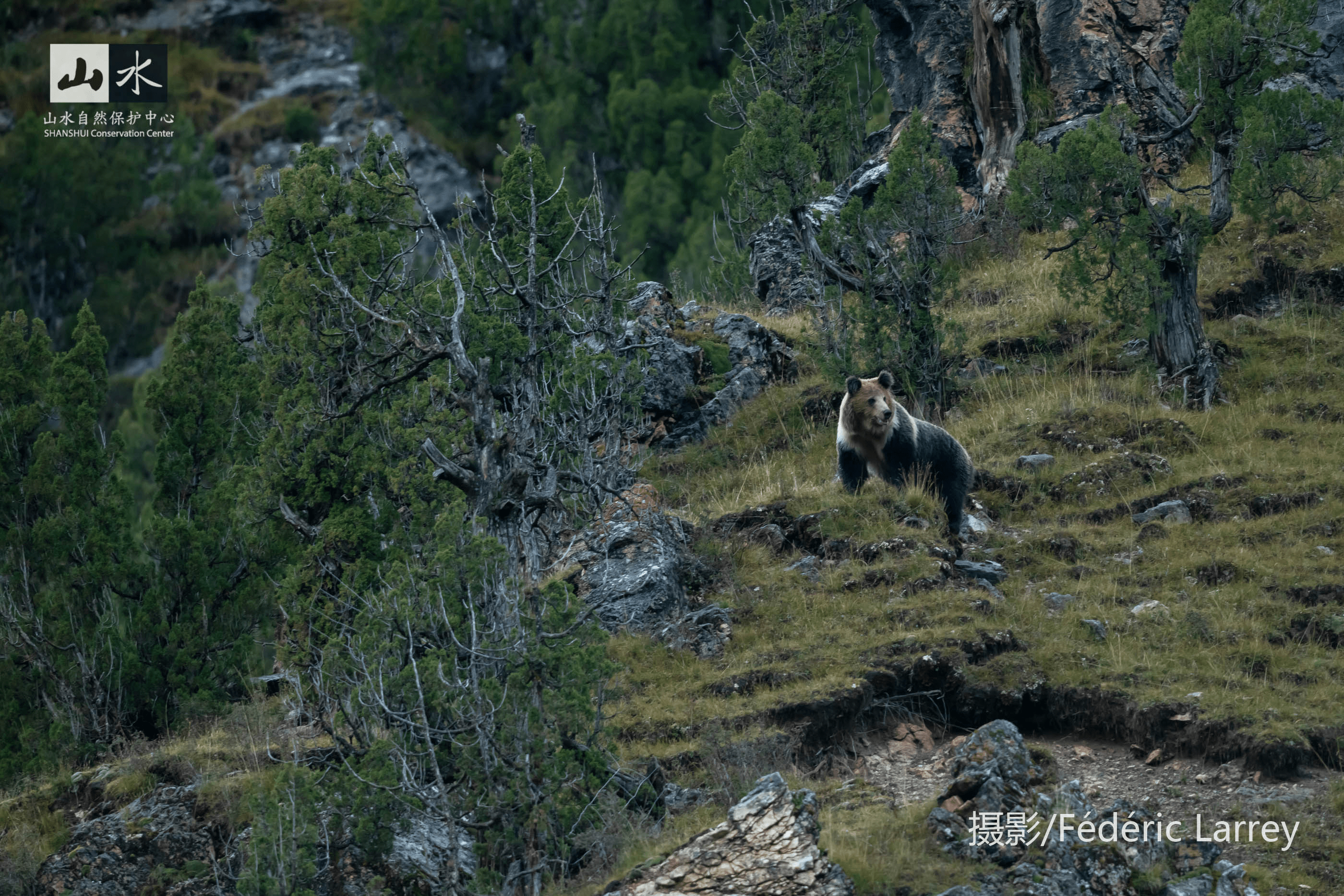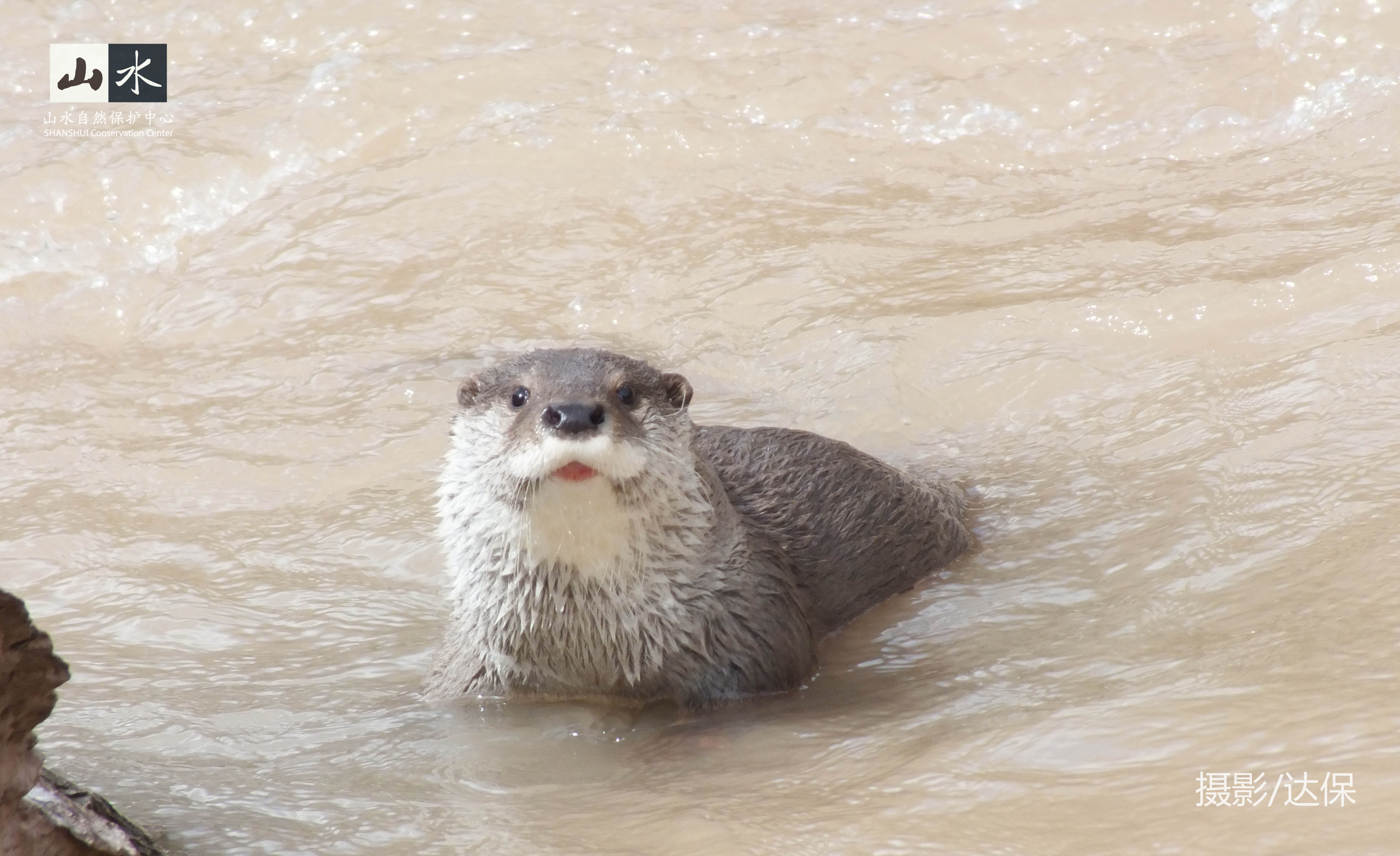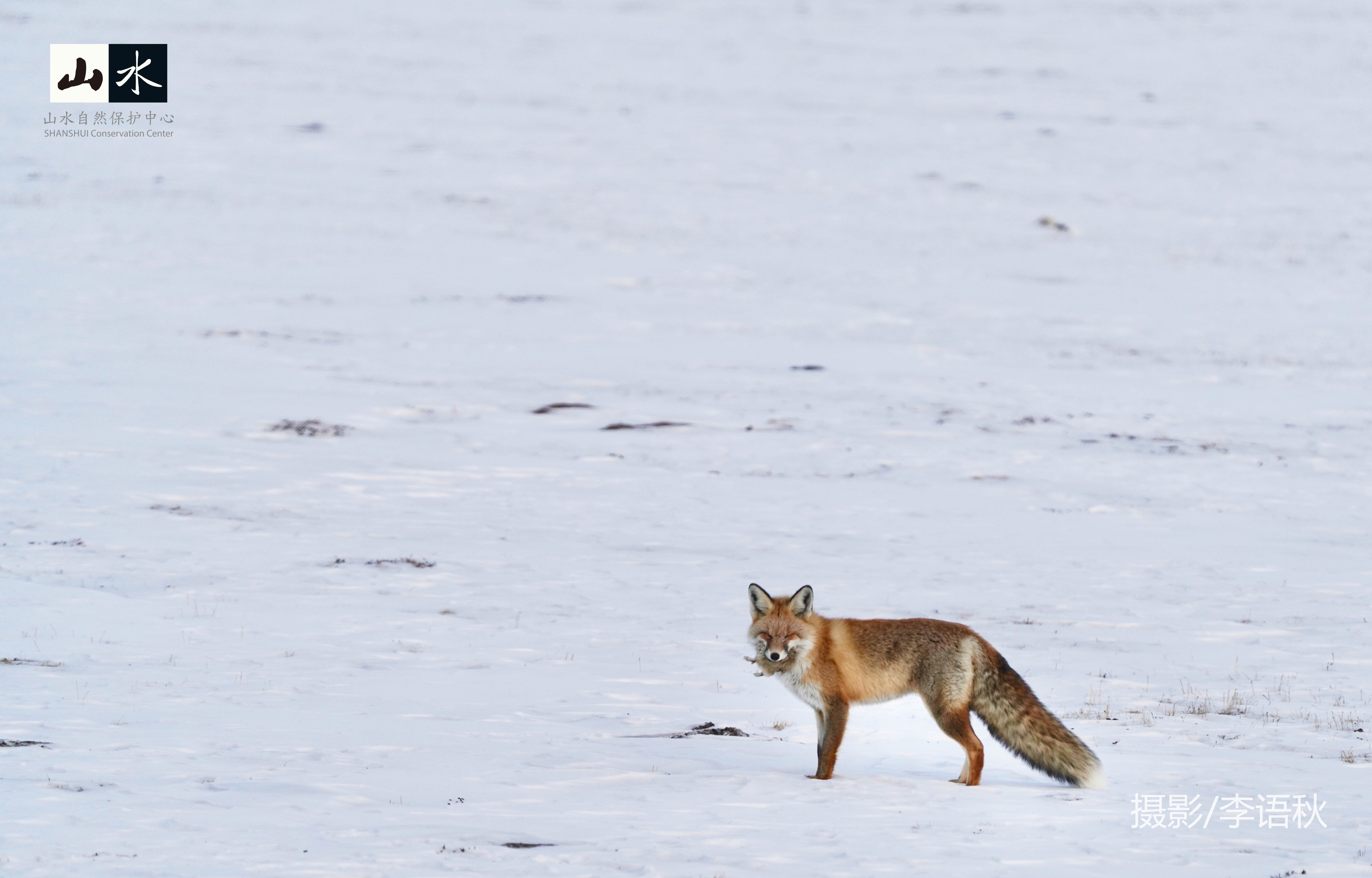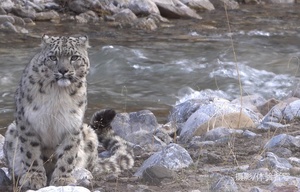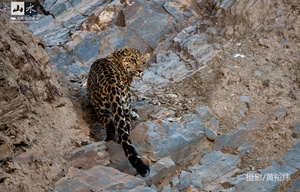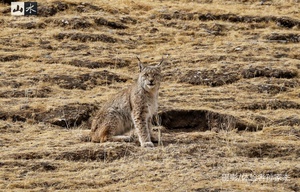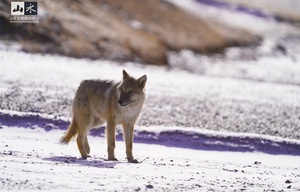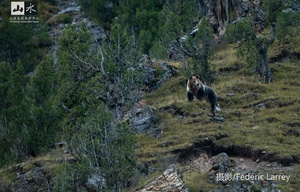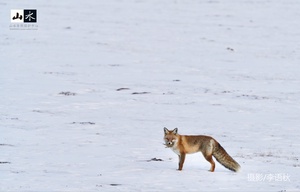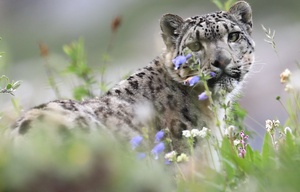Scientific Name: Panthera uncia
Classification: CARNIVORA Felidae
Protection Class: National Class I
Size: male body length 104-130 cm, weight 25-55 kg; female body length 86-117 cm, weight 21-53 kg; tail length 78-105 cm
The snow leopard is a famous big cat, known as the “King of the Snow Mountains.” The snow leopard’s physical characteristics are highly compatible with its living habits. In terms of body color, the snow leopard’s overall coat is light gray, sometimes slightly tinged with light brown, with black spots and rings of various shapes scattered throughout. This is ideal for concealment in steep bare rock areas near the snow line and is difficult to be detected by prey. The tail and limbs of the snow leopard are also very distinctive: the limbs are short compared to other felines, but the tail is as long as the body. This flexibility in body and long tail gives the snow leopard great climbing ability, making it extremely capable of climbing and jumping between rocks.
In the valley of cats, the sighting rate of snow leopard can be as high as 50%. Most nature watch participants have also come in the hope of finding snow leopards. So how can one find a snow leopard in the mountains? Snow leopards are very secretive and not active for the most time. Searching the mountains with naked eye is like looking for a needle in the haystack.
There are three main ways to find a snow leopard:
1. With the help of blue sheep. Snow leopards prefer to have blue sheep for food. If there is a large flock of blue sheep in the bare rock area, the snow leopards are very likely to be waiting next to the flock. If you are lucky and find that the sheep are suddenly disturbed and start to run away quickly, it is likely that snow leopards have start hunting.
2. With the help of livestock. In the Valley of Cats, there are times when snow leopards attack livestock. If your herdsman guide gets the news of a snow leopard attacking livestock in the valley, you may want to stay a hundred meters away from the dead livestock. It is very likely to see the snow leopard at this time!
3. With the help of calls of the snow leopard. Snow leopards come into estrous cycle in March every year. During this time, the penetrating and highly recognizable calls can be occasionally heard in the valley. Searching for snow leopards by their calls also makes March the month of the year with highest sighting rate.
